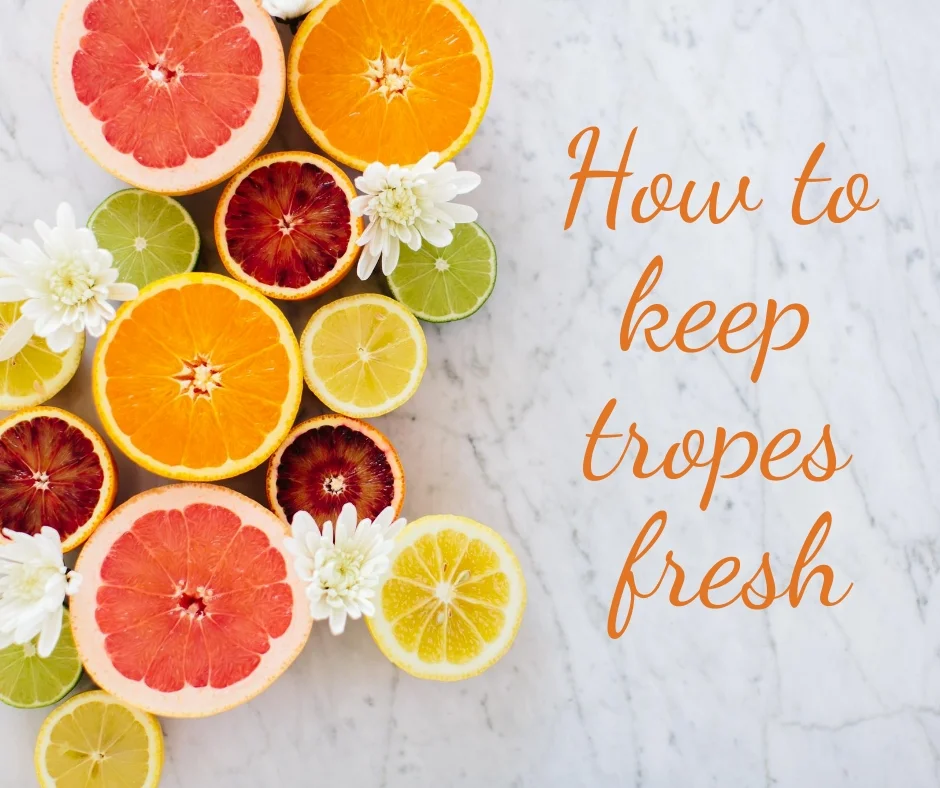Tropes get a bad rap from those outside of Romancelandia. Calling something “trope-y” anywhere else is derisive – it’s too boring, too common, too lazy. But romance writers and readers LOVE their tropes. And why wouldn’t we? Contrary to others’ opinions, tropes are so useful and necessary in romance, because they
concisely describe what a romance book is going to be about,
set up expectations (everyone has their favourite trope and will just devour anything that has a whiff of it; conversely, everyone also has a trope that they will nope out on immediately),
build anticipation about how the writer is going to do something new with it.
And that last one is key, because, yeah, we’ve all seen a second chance romance before or a love triangle or a forced proximity situation—but how can a romance writer take those tropes and make them into something unique that will surprise and delight a savvy, well-read romance reader?
1. Subvert
This is my favourite way to play with tropes—turn them on their heads. What do you expect out of a love triangle plot? Probably the two rivals for the other’s affection to hate each other’s guts, right? That’s pretty standard. (And not saying that can’t still work even if you don’t subvert it!) But what if they actually end up really liking each other and striking up a friendship while knowing they’re rivals? Or what if they end up falling in love with each other instead?
Also think about moving a trope out of its standard setting. We don’t see a lot of contemporary mail-order bride stories, for instance. (We also don’t see a lot of mail-order groom historicals, for that matter).
Know what the expectations of the trope are, then do the total opposite of what’s expected.
2. Pair it with another, unexpected trope
Some tropes go together like peanut butter and jelly. (Can I offer you a one-night stand and accidental pregnancy sandwich, anyone?) Stacking tropes on top of each other can create surprising new flavours. Let’s pair the Cyrano trope (wooing the person the MC in love on behalf of a friend with while in disguise) with mistaken identity – maybe they accidentally start wooing the wrong person and fall in love with them instead? There’s a twist! Some pairings that look totally incongruous can end up being a fabulous new concoction.
3. Have your characters react to/against the trope
Here’s the thing: even if the tropes you’re working with in your story have been used a million times before, they’ve never been used with your particular characters with their backstories, emotional triggers, and personality quirks. So what happens when you throw a secret baby at one of your characters? (I mean, not literally.) How do they react? Is it a surprise if they embrace parenthood or deny it? How does that fallout change the stakes the rest of the book over the rest of the book? Knowing the tropes is one part of creating a romance story; developing characters that respond to tropes in interesting ways is another. What you bring to those characters to make them unique is a way to keep the trope fresh.




